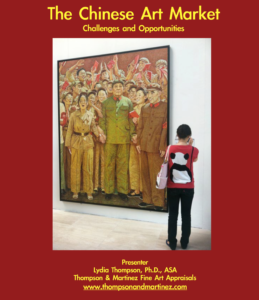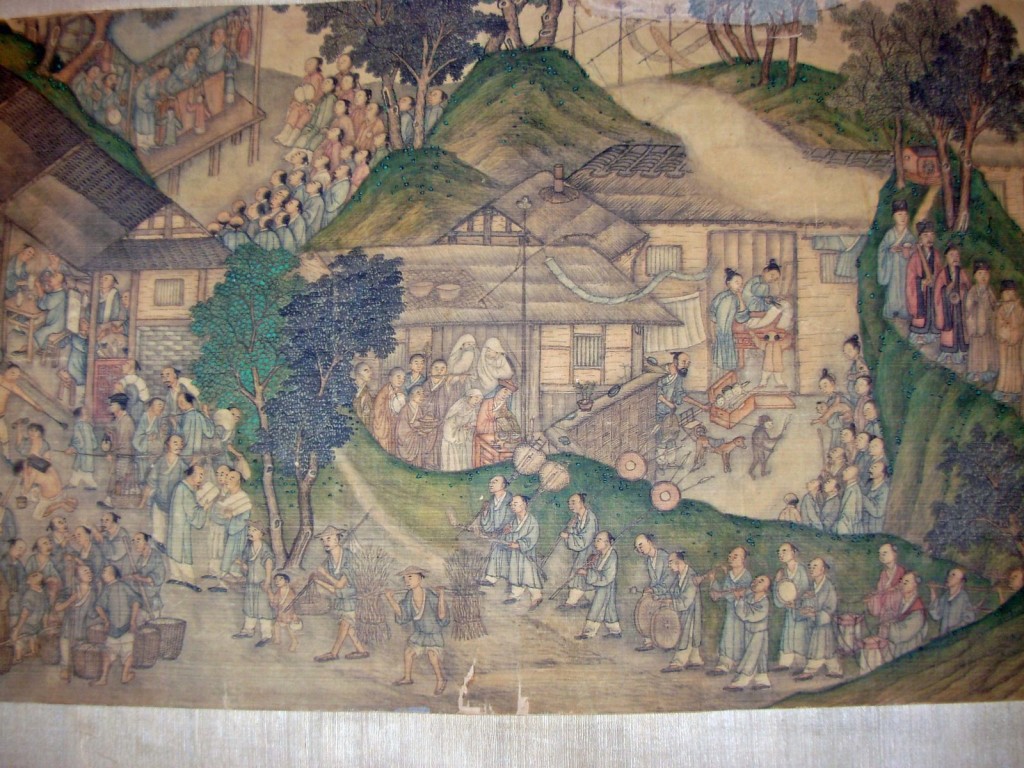Category Archives: China
Chinese monumental handscroll, ink and color on silk, 18th/19th century SOLD
Length: overall 158 inches, scroll 146 3/4 inches
Height: overall 19 5/8 inches, scroll 12 1/4 inches
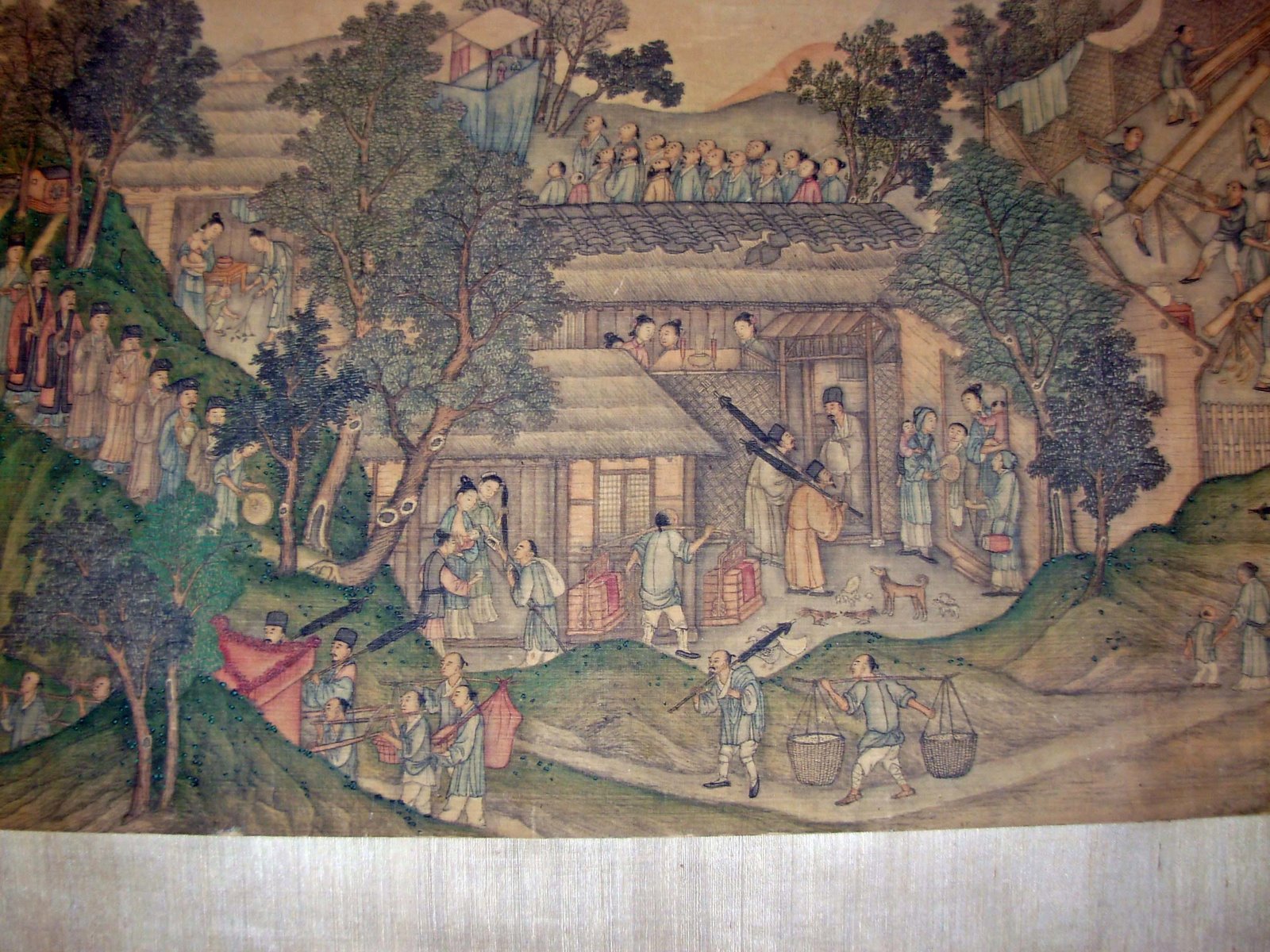
detail, panel 7
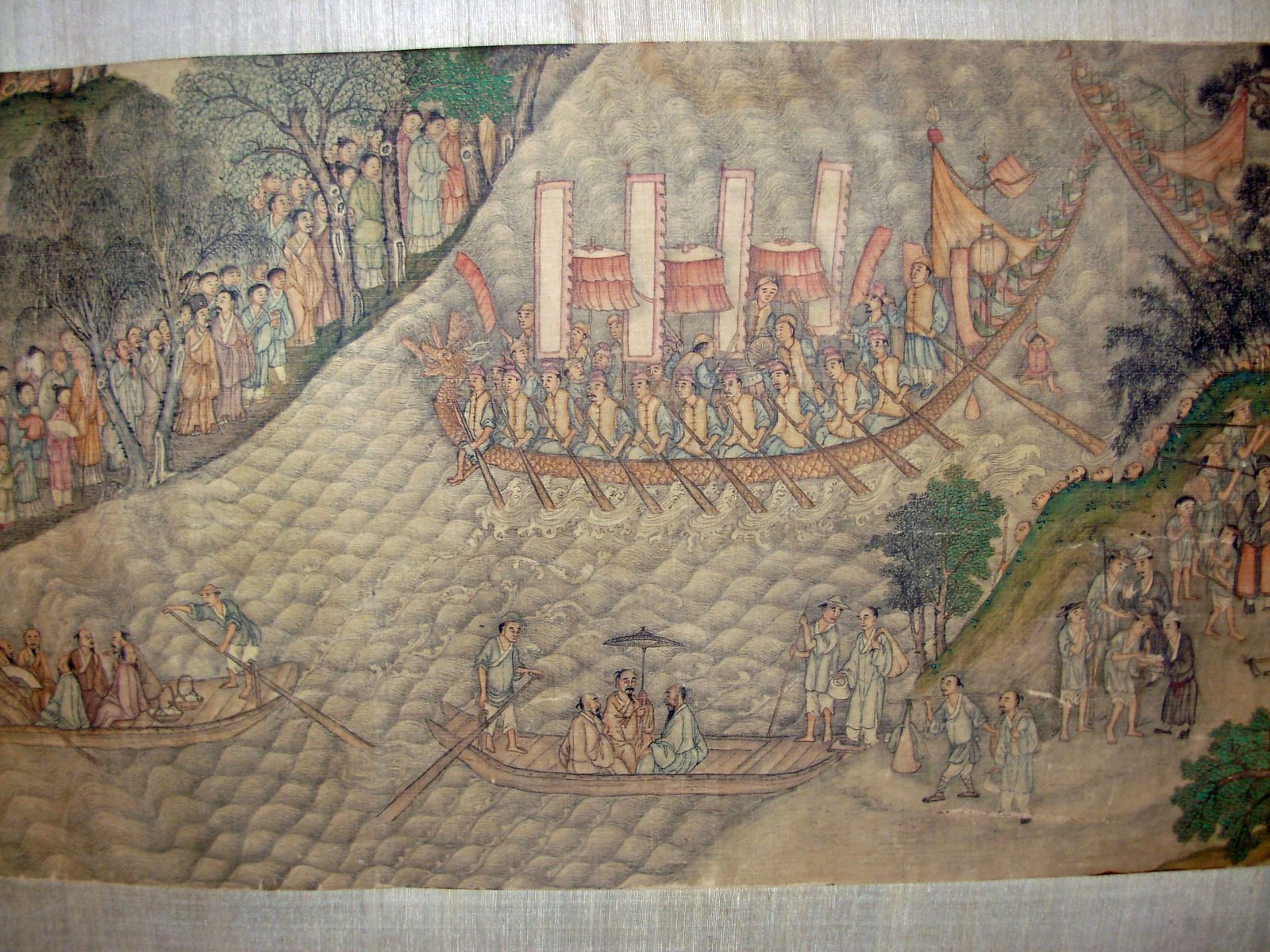
detail, river scene
Bubble fears as Chinese buyers bid up art prices | Marketplace from American Public Media
A few comments by me on the China art market bubble from my interview with Rob Schmitz when I was in Shanghai in June.
Bubble fears as Chinese buyers bid up art prices | Marketplace from American Public Media
Song Zhuang Art District, Beijing
One of the most interesting places I visited on my trip to China in early June was the Song Zhuang Art District on the outskirts of Beijing. We were taken by our friend Liu Yan who kindly arranged for us to meet with Shao Qi, an art gallery director, and to visit the studios of artists, Liu Liguo and Chen Qing Qing. The first artists moved to Song Zhuang in the mid-1990s after the government pushed them from their neighborhoods in Beijing to make room for new development projects. Looking for a new place to work, the artists moved to a rural village that would be somewhat removed from the purview of the state. Since then the artists have turned Song Zhuang from a backwater to a thriving artist colony which now numbers around 4000, including international art stars like Fang Lijun and Yue Minjun as well as thousands of struggling and foreign artists.
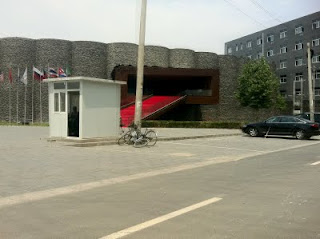 After driving for about 45 minutes away from the center of Beijing we arrived at what first appears to be a rather non-descript suburb with roads lined with small stores selling paint, pipes and vegetables. However, as our driving tour continued we were astounded to see a series of imposing, architecturally striking museums and galleries under construction. Those that were completed were mostly empty or closed.
After driving for about 45 minutes away from the center of Beijing we arrived at what first appears to be a rather non-descript suburb with roads lined with small stores selling paint, pipes and vegetables. However, as our driving tour continued we were astounded to see a series of imposing, architecturally striking museums and galleries under construction. Those that were completed were mostly empty or closed.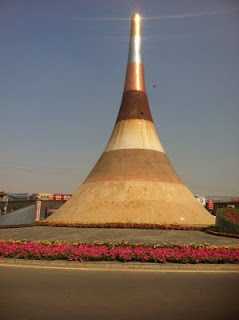 Equally anomalous was a massive sculpture created by Fang Lijun set in the middle of a round-about. At first it struck me as looking like an over-sized Hersey’s Kiss. But, as Shao Qi explained, the different colored and textured layers represent the hierarchy of Chinese society with the wide thick base made of earth identified with the peasant class supporting six more ever-diminishing layers up to the golden pinnacle representing China’s political and business elite – a wry commentary on the disparity of wealth and power in China today.
Equally anomalous was a massive sculpture created by Fang Lijun set in the middle of a round-about. At first it struck me as looking like an over-sized Hersey’s Kiss. But, as Shao Qi explained, the different colored and textured layers represent the hierarchy of Chinese society with the wide thick base made of earth identified with the peasant class supporting six more ever-diminishing layers up to the golden pinnacle representing China’s political and business elite – a wry commentary on the disparity of wealth and power in China today.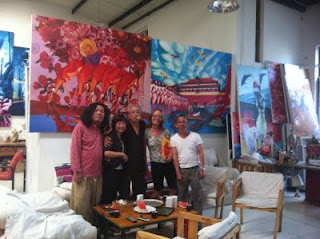
Hong Kong auctions completed and Poly Auctions underway…
With the Hong Kong sales just ending and the Beijing Poly sales now underway, it looks like another banner season for the Chinese art auction market. Christie’s Hong Kong finished up with a record almost US$500 million in sales at their May auctions. And, of course, China Guardian sales made big news with a painting by modern master Qi Baishi selling for $65 million. Who is driving the market? The newly minted Chinese millionaires (who now number more than a million)including financiers and private company owners who are putting their money in Chinese art…everything from porcelains to contemporary art. One group in particular, Shaanxi coal mine owners, are, to quote one Shanghai-based dealer, “are very comfortable” putting their cash into art. And from the looks of some of the more aggressive bidders last night at the modern ink painting sale last night, this appears to be true. Missing at the auction were foreign buyers. This is in part due to the restrictions on what can be taken out of China; it is also due to the different tastes of domestic and overseas collectors of Chinese art. However, this may change soon as Beijing Poly and Guardian get up to speed on attracting foreign buyers to sales which include “overlap” artists, like Liu Ye, Yue Minjun, Zhang Xiaogang etc…and start marketing artists popular in China to overseas collectors. According to Forbes magazine, Beijing Poly is considering establishing a branch in New York.

